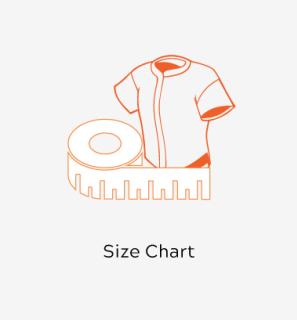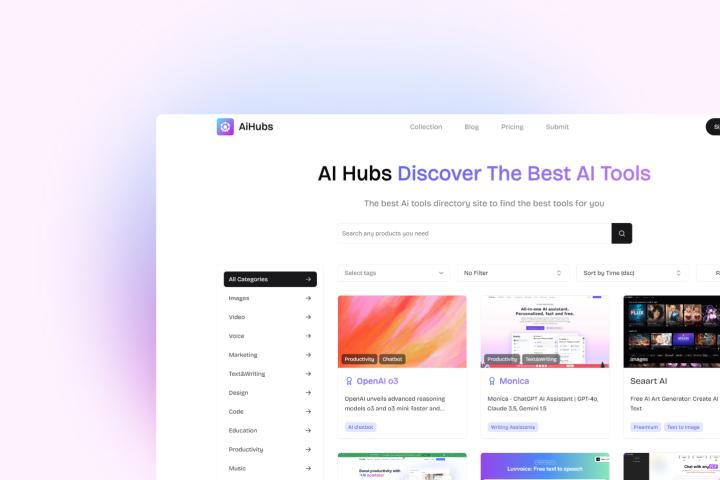In the world of e-commerce, where customers can't physically
try on products before purchasing, size charts play a crucial role in guiding
them to make the right choices. An effective size chart not only helps reduce
returns and exchanges but also enhances the overall shopping experience,
building customer trust and satisfaction. Here are some best practices for
creating and implementing size charts in your online store.
1. Keep It Simple and Clear
A size chart should be easy to understand at a glance. Use
straightforward language and avoid technical jargon that could confuse
customers. Clearly label each measurement and provide a brief explanation if
necessary. For example, instead of just "Waist," specify "Waist
(measured around the narrowest part of the waist)." This clarity helps
customers quickly find the information they need without getting overwhelmed.
2. Use Standard Measurements
Whenever possible, use standard measurements that are
familiar to your target audience. For international stores, it’s helpful to
provide size conversions for different regions, such as US, UK, and EU sizes.
This can prevent confusion and make it easier for customers from different
countries to find their correct size. If you cater to a global audience,
consider offering a conversion tool or chart within your size guide.
3. Include Visual Aids
Visual aids, such as diagrams or photos, can greatly enhance
the usability of your size chart. Showing exactly where and how to take
measurements can help customers accurately determine their size. For instance,
a simple illustration highlighting the chest, waist, hips, and inseam can be
incredibly useful. High-quality images of models with their measurements can
also provide a real-world reference.
4. Provide Detailed Descriptions
Different brands and products can have varying fits, so it's
important to provide detailed descriptions that go beyond just numbers. Explain
how a particular product fits—whether it's true to size, runs small, or has a
relaxed fit. Include notes about the fabric and its stretchability, as these
factors can affect how a garment fits.
5. Make It Accessible
Your size chart should be easy to find and accessible from
multiple points on your website. Place links to the size chart on product
pages, near the size selection dropdown, and in the footer of your site. This
ensures customers can access the information whenever they need it, without
having to search extensively.
6. Test and Update Regularly
Customer feedback is invaluable for refining your size
charts. Pay attention to return and exchange reasons related to sizing issues,
and adjust your charts accordingly. Regularly review and update your size
charts to reflect any changes in your product lines or manufacturing processes.
This continuous improvement helps maintain accuracy and customer satisfaction.
7. Utilize Technology
Leverage technology to create interactive and dynamic size
charts. For example, the Magento 2 Size Chart Extension allows you to easily
create and manage size charts that are tailored to specific products. This
extension supports the use of visual aids and detailed descriptions, helping
you provide an enhanced shopping experience. Additionally, it enables you to
prioritize size charts for different products, ensuring customers always have
the most relevant information at their fingertips.
8. Consider Mobile Users
Many customers shop on their mobile devices, so ensure your size
charts are mobile-friendly. They should be easy to read and navigate on
smaller screens. Responsive design and collapsible sections can help keep the
charts user-friendly for mobile shoppers.
9. Incorporate Customer Reviews
Customer reviews and testimonials can provide additional
insights into sizing. Allow customers to leave comments about the fit of the
products they purchased. This user-generated content can complement your size
charts and help other shoppers make informed decisions.
10. Offer Virtual Fitting Tools
If possible, integrate virtual fitting tools that use
augmented reality or algorithms to recommend sizes based on customers'
measurements and preferences. These tools can significantly enhance the
shopping experience by providing a personalized fit recommendation.
Conclusion
Effective size charts are essential for any e-commerce store
selling apparel, footwear, or accessories. By keeping them simple, clear, and
accessible, you can help customers make informed decisions and reduce the
likelihood of returns. Regular updates, visual aids, and leveraging technology,
such as the Magento 2 Size Chart Extension, can further enhance the usability
and accuracy of your size charts. Implement these best practices to create a
seamless and satisfying shopping experience for your customers.











